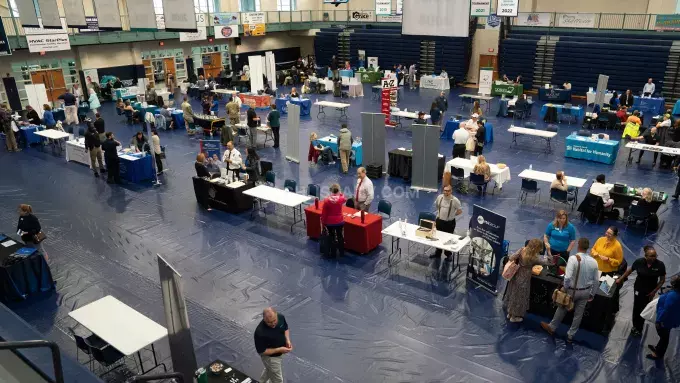US job growth slowed considerably last month, with just 175,000 positions added in April, according to Bureau of Labor Statistics data released Friday. The slower-than-expected gains — April’s tally is the lowest since October of last year — come as the Federal Reserve has sought to cool demand to tame high inflation. Economists have anticipated the labor market would see a gradual slowdown due to the pressure of high interest rates.
Markets surged on the news, with Dow futures up by 505 points, or 1.3%; S&P 500 futures were up 1.1% and Nasdaq futures gained 1.5%.Although April’s jobs numbers are sharply cooler than the upwardly revised 315,000 gains notched in March, they’re in line with what was seen pre-pandemic and the neutral rate of job growth to keep pace with population gains. In the decade before the pandemic (which also was the nation’s longest-ever period of employment expansion), monthly job gains averaged 183,000.”
At the start of 2024, it looked as if an economic acceleration was at play. The inflation data kept coming in hot, spending remained strong, pay growth didn’t ease as expected, and job gains outpaced what was seen in 2023. But there were indications that a cooldown was ahead. For the labor market, specifically, wage growth was moderating and turnover data showed that fewer jobs were available, hiring activity was tailing off and people weren’t quitting as much,” said Jane Oates, a former Labor Department official who serves as senior policy adviser for employment education nonprofit WorkingNation.
Following Friday’s report, which also included revisions that showed 22,000 fewer estimated job gains in February and March combined, the pace of job growth is now slightly below what was seen last year, BLS data shows. Through April, US employers have added an average of 245,500 jobs per month, versus 2023’s 251,000-per-month average.












